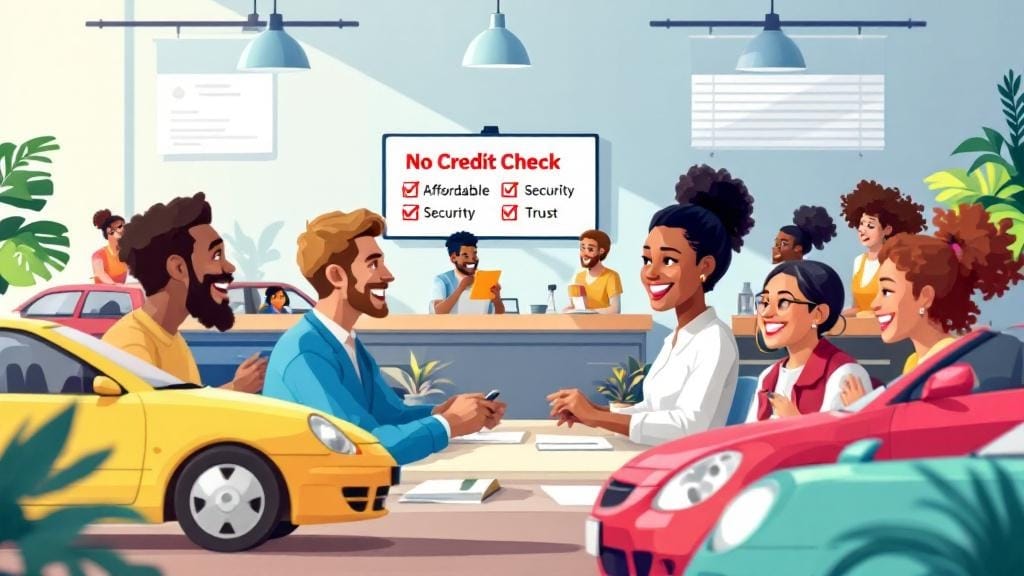Debt can feel like a mountain you’ll never climb, but the truth is—overcoming debt is possible. Whether you’re dealing with credit cards, personal loans, or unexpected bills, there are steps you can take to regain control. With the right tools, mindset, and strategy, you can go from stressed to stable—and even reach financial freedom.
In this guide, we’ll walk you through realistic, expert-backed strategies for getting out of debt, building better habits, and staying on the path toward a debt-free life.
Why Overcoming Debt Matters
Debt doesn’t just affect your bank balance—it can take a toll on your mental health, relationships, and future goals. From high-interest debt like credit cards to medical or student loans, carrying balances over time leads to growing interest, damaged credit scores, and limited financial freedom.
Overcoming debt isn’t just about paying off bills—it’s about building a life of confidence and choice.
Step-by-Step Plan to Start Overcoming Debt
Let’s break down the exact steps to overcome debt so you can start building momentum right away.
1. Face the Numbers Honestly
You can’t fix what you don’t know. Start by gathering:
Credit card balances
Loan amounts
Interest rates
Minimum monthly payments
List everything out in one place—spreadsheets, budgeting apps, or even paper.
Knowing your total debt is the first step in creating a debt payoff plan that actually works.
2. Build a Budget That Works for You
A budget isn’t a punishment—it’s a plan for freedom.
💡 Budgeting tips to make it easier:
Use the 50/30/20 rule: 50% needs, 30% wants, 20% savings/debt
Use apps like YNAB, Mint, or EveryDollar
Set spending limits based on real priorities
Your goal? Free up money to eliminate personal debt faster.
3. Use the Debt Snowball Method for Motivation
One of the most popular ways to pay off debt is the debt snowball method. It’s simple:
List debts from smallest to largest (ignore interest rate for now)
Pay minimums on all debts
Throw any extra money at the smallest debt first
Once that’s gone, roll the payment into the next smallest debt
This creates quick wins that build momentum—and motivation.
4. Or Try the Debt Avalanche Method to Save on Interest
If you want to save the most money, use the debt avalanche method:
Pay off the highest-interest debt first
Pay minimums on others
Use freed-up funds to tackle the next high-interest balance
This method works well for credit card debt and loans with sky-high APRs.
5. Explore Debt Consolidation Options
If you’re juggling multiple payments, debt consolidation can simplify things.
Debt consolidation options include:
0% balance transfer credit cards (usually 12–21 months)
Debt consolidation loans with lower fixed interest rates
Home equity loans (only if you’re financially stable)
This strategy can reduce interest and help you stay on track with fewer due dates.
6. Consider Credit Counseling
If your budget is tight and you’re overwhelmed, credit counseling is a lifeline.
Non-profit agencies offer:
Debt management plans
Financial education
Negotiated interest rates
Look for agencies certified by the NFCC (National Foundation for Credit Counseling) or FCAA (Financial Counseling Association of America).
7. Cut Expenses & Boost Income (Even Temporarily)
Reducing expenses helps, but increasing income makes an even bigger dent.
Cut costs by:
Cancelling subscriptions
Cooking at home
Shopping used
Increase income by:
Freelancing
Driving for rideshare apps
Selling unused items
Temporary sacrifices now can fast-track your debt recovery strategy.
8. Set Small, Achievable Financial Goals
Don’t try to “pay everything off in 6 months” unless it’s actually realistic.
Instead:
Set monthly payoff targets
Celebrate milestones
Track progress visibly (apps or even a whiteboard)
Achievable goals help you stay motivated—and avoid burnout.
9. Build an Emergency Fund (Even While in Debt)
It sounds strange, but saving while paying off debt is essential.
Aim for at least ₹10,000–₹20,000 (or $500–$1000) to start. This prevents you from adding more debt when an emergency hits.
Think of it as your safety cushion.
10. Practice Financial Literacy Daily
You don’t need to be a finance expert—but learning basic personal finance makes a big difference.
Read blogs, listen to podcasts, or follow trusted YouTube creators to grow your money skills.
📚 Some great starter resources:
The Budget Mom
Ramit Sethi’s “I Will Teach You to Be Rich”
NerdWallet
The more you know, the better decisions you’ll make.
Real-Life Example: How Priya Paid Off ₹5 Lakhs in 18 Months
Priya, a freelance designer from Pune, was drowning in credit card debt, student loans, and business expenses.
Her strategy?
Created a strict ₹30,000/month budget
Used the debt snowball method
Took on weekend gigs for extra income
Stuck to a visual debt tracker on her fridge
Saved ₹1,000/month in an emergency fund
Result? She became debt-free in just 1.5 years—and now teaches others how to overcome debt!
Common Mistakes to Avoid When Trying to Eliminate Debt
Only paying minimums (it’ll take forever!)
Ignoring interest rates
Taking on new debt while paying off old debt
Not having a clear debt payoff plan
Quitting too early due to overwhelm
Remember: progress > perfection. Consistency is key.
When Should You Seek Professional Help?
If you:
Are falling behind on payments
Receive collection calls
Feel emotionally overwhelmed
Can’t stick to any budget
It may be time to reach out for credit counseling or a debt advisor.
There’s no shame in asking for help—sometimes, it’s the smartest move.
Final Thoughts: How to Become Debt-Free and Stay There
Overcoming debt isn’t just about paying bills—it’s about reclaiming your power.
With the right debt payoff strategies, tools like budgeting and consolidation, and support from credit counselors or communities, you can do this.
The road might be long, but the reward—peace of mind, savings, and financial freedom—is absolutely worth it.
✅ FAQs: Real Questions About Overcoming Debt
1. What are the first steps to overcome debt?
Start by listing all your debts, creating a realistic budget, and choosing a payoff strategy like the debt snowball or avalanche method. Then, track your progress weekly.
2. Is credit counseling helpful when trying to eliminate personal debt?
Yes! Credit counseling offers expert help, lower interest through structured plans, and guidance to stay out of debt long-term.
3. How do I choose between debt snowball and debt avalanche?
Use the snowball method if you need motivation from quick wins. Choose avalanche if you want to save the most on interest.
4. Should I pay off debt before saving money?
Ideally, do both. Start with a small emergency fund while focusing the rest on your debt to avoid falling back into borrowing.
5. What’s the best way to deal with high-interest debt?
Consolidate with a 0% balance transfer card, or use the avalanche method to pay off your highest-interest debt first. Avoid adding new balances.
6. Can budgeting really help with getting out of debt?
Absolutely. Budgeting gives you visibility into where your money goes—and allows you to prioritize debt repayment intentionally.
7. What if I don’t make enough to cover my debts?
Look into debt management plans, cut back on discretionary spending, or find ways to increase income temporarily. Seeking professional help can also make a difference.








Comments (0)